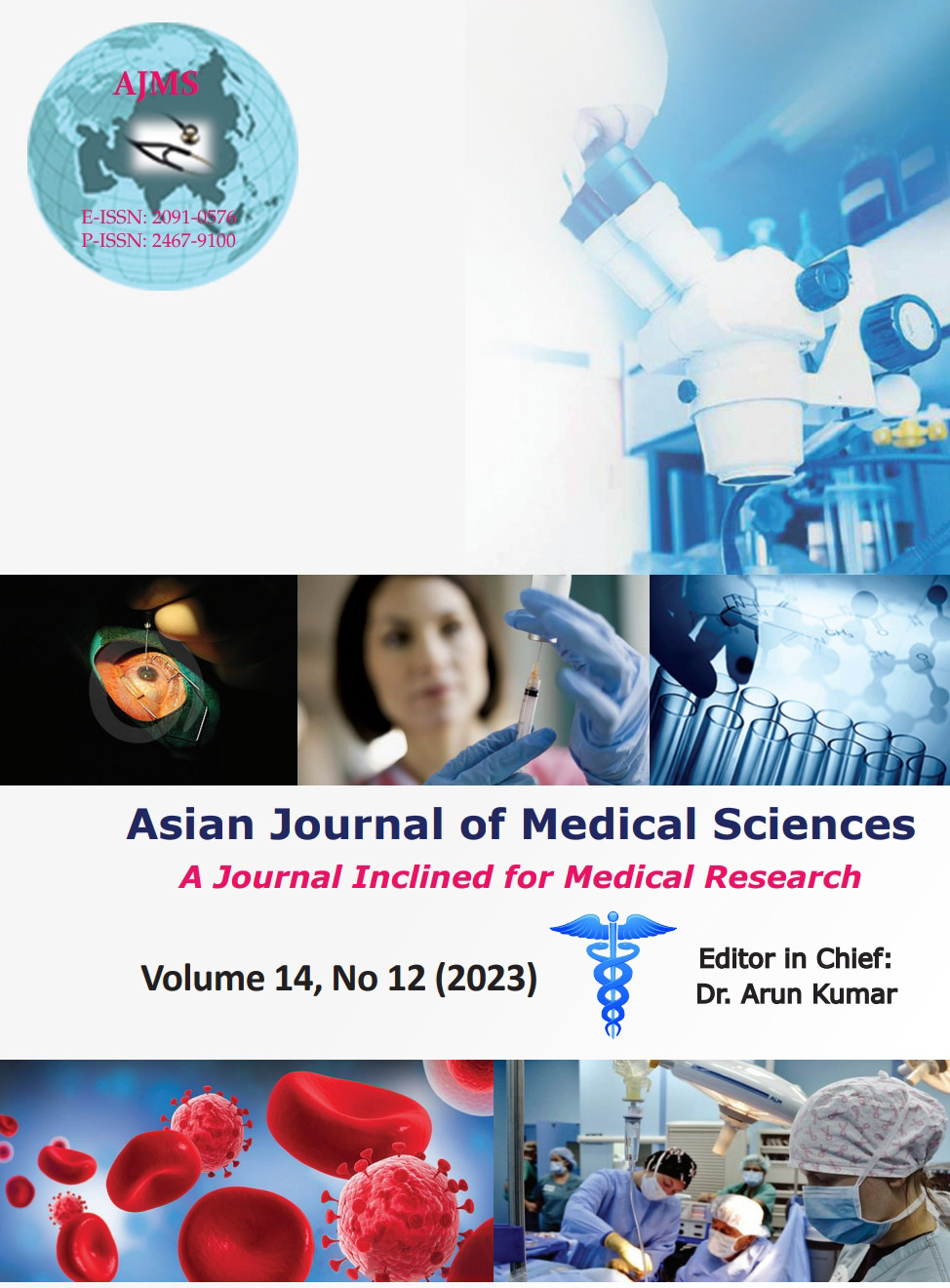A comparative and prospective study of surgical outcomes of cervical artificial disc to anterior cervical discectomy and fusion in the treatment of symptomatic degenerative disc disease of cervical spine in a tertiary care center of Eastern India
Keywords:
Degenerative disc disease; Cervical spine; Anterior cervical discectomy; Cervical artificial discAbstract
Background: Cervical disc degeneration is known to be a primary cause of neck pain and neurologic symptoms and can cause significant morbidity. Degeneration can be related to radiculopathy or myelopathy due to compression of spinal nerves and/or spinal cord. Disc pathology may manifest clinically as localized and radicular pain, myelopathy, and spinal joint instability. If severe, such as in degenerative disc disease, infections, and trauma, surgical methods are indicated. Some studies reported that compared to anterior cervical discectomy and fusion (ACDF), cervical artificial disc (CAD) could provide better neurological outcomes and reduce the rate of adjacent segment degeneration, whereas other studies reported no difference between the two procedures.
Aims and Objectives: The aim of this study was to compare surgical outcomes of CAD to anterior cervical discectomy and fusion in the treatment of symptomatic degenerative disc disease in cervical spine.
Materials and Methods: It was a comparative study with prospective design conducted among 40 symptomatic cervical disc degenerative disease patients (20 patients undergoing CAD and the remaining 20 anterior cervical discectomy and fusion) at the Department of Neurosurgery, Bangur Institute of Neurosciences, 1PGMER and SSKM Hospital, Kolkata, from January 2021 to December 2022. Respective surgical procedures were done. All patients were required to return for follow-up. Clinical and radiological evaluations were performed at 1 month, 3 months, 1 year, postoperatively, and last follow-up (more than 18 months). Clinical effectiveness was evaluated by the visual analog scale (VAS) score, Japanese Orthopedic Association (JOA) score (17 points system, 1994 revised edition), and neck disability index (NDI) score.
Results: Improvement in NDI, VAS, and JOA index was found to be more in CAD as compared to ACDF group with a statistically significant difference as P<0.05. Subsequent surgical intervention was reported among four subjects, out of which one belonged to the CAD group while the rest three to ACDF. Overall success was found to be more in the CAD group (75%) as compared to the ACDF group (55%), though no significant difference was revealed as P>0.05.
Conclusion: The findings of the present study support the superior longevity and better outcome of CDA, as compared with ACDF, with regard to need for subsequent surgical intervention and also support better improvement in symptoms in subsequent follow-up in patients undergoing CDA as compared to ACDF despite having comparable mean operative time and blood loss.
Downloads
Downloads
Published
How to Cite
Issue
Section
License
Copyright (c) 2023 Asian Journal of Medical Sciences

This work is licensed under a Creative Commons Attribution-NonCommercial 4.0 International License.
Authors who publish with this journal agree to the following terms:
- The journal holds copyright and publishes the work under a Creative Commons CC-BY-NC license that permits use, distribution and reprduction in any medium, provided the original work is properly cited and is not used for commercial purposes. The journal should be recognised as the original publisher of this work.
- Authors are able to enter into separate, additional contractual arrangements for the non-exclusive distribution of the journal's published version of the work (e.g., post it to an institutional repository or publish it in a book), with an acknowledgement of its initial publication in this journal.
- Authors are permitted and encouraged to post their work online (e.g., in institutional repositories or on their website) prior to and during the submission process, as it can lead to productive exchanges, as well as earlier and greater citation of published work (See The Effect of Open Access).




